Kim Hain Art Hall Pension (김하인 아트홀 국화꽃향기)
11.9 Km 8138 2020-08-04
120-4, Jajakdoseonsa-gil, Goseong-gun, Gangwon-do
+82-33-636-5679
Famous as a filming site for the popular K-drama "Autumn in My Heart (2000)," Kim Hain Art Hall opened in October 2008 in dedication to Kim Hain, the novelist of "The Scent of Love." The center serves as a cultural space for students and general visitors. Spread over four floors, Kim Hain Art Hall doubles as an experience center and a pension, featuring a literature lecture room, author introduction room, a screening room, and moviestar room.
Ulsanbawi Rock Milky Way Photo Spot on Old Misiryeong Trail (미시령옛길 울산바위 은하수)
12.1 Km 1 2024-03-18
5110 Donghae-daero, Toseong-myeon, Goseong-gun, Gangwon-do
Misiryeong Pass, historically a pathway connecting Inje to Sokcho, also serves as an observation point for viewing Ulsanbawi Rock in Seoraksan Mountain. More recently, it has gained popularity as a photo spot for capturing the Milky Way. As a result, on clear nights, the parking lot is often filled with eager photographers.
Deungbul Garden (등불가든)
12.3 Km 19629 2024-02-16
23 Powolladeul-gil, Yangyang-eup, Yangyang-gun, Gangwon-do
Located near Naksanhaebyeon Beach, Deungbul Garden specializes in Korean beef and pine mushroom dishes. Its signature dishes are hanu gui (grilled Korean beef) and songibeoseot jeongol (pine mushroom hot pot). The restaurant prides itself on serving tender and juicy Korean beef, which pairs exceptionally well with the pine mushrooms, a regional specialty known for their superior flavor, especially when grilled with the beef. Pine mushrooms, named for their growth under pine trees and their pinecone-like aroma, are celebrated for their fragrance, scent, and texture, making them a premier ingredient in Korean cuisine. The menu also features other delectable options like songibeoseot bulgogi (pine mushroom and bulgogi), yukhoe (beef tartare), and kongnamul doenjang jjigae (bean sprout soybean paste jjigae).
Seoraksan Ulsanbawi Rock (설악산 울산바위)
12.3 Km 50892 2024-02-28
1091 Seoraksan-ro, Sokcho-si, Gangwon-do
+82-33-680-3382
Ulsanbawi is a rock formation in Seoraksan Mountain that consists of six massive peaks, each reaching 900 meters above sea level. The name "Ulsanbawi" is derived from the shape of the peaks, which spread out like a fence, and it is located at the center of Seoraksan Mountain. This rock is celebrated for its unique shape, the scenic beauty surrounding it, and its hiking trails. It takes about three hours to reach the top of Ulsanbawi from Sogongwon Park.
Bongsudae Beach (봉수대해변)
13.9 Km 13488 2022-08-04
Oho-ri, Goseong-gun, Gangwon-do
+82-33-680-3356
Bongsudae Beach is located 200 meters north of Sampo Beach and the white-sand coastline stretches along the side of National Road No. 7. This beach was opened in 1997, and remains relatively cleaner than other beaches. The beach is used as an auto-camping site in summer. The beach shore is only 800 meters long and 50 meters wide, but boasts clean and fine sand.
Songjeonhaebyeon Beach (송전해수욕장)
14.1 Km 38979 2024-02-05
21-7 Songjeon-ri, Sonyang-myeon, Yangyang-gun, Gangwon-do
This beach ranks among Korea's most favored surfing destinations. With its pristine white sand, it stretches 900 meters in length and 80 meters in x_width, and has a depth of 1 meter. It holds the distinction of being the second largest and longest white sand beach in Yangyang-gun, following Naksanhaebyeon Beach. Notably, the water here is so clean and clear that visitors can enjoy clamming.
Yettteul (옛뜰)
14.5 Km 15979 2024-02-16
289 Dongmyeong-ro, Sonyang-myeon, Yangyang-gun, Gangwon-do
033-672-7009
Yettteul has been serving traditional gamasot sondubu (handmade bean curd cooked in a cast-iron pot) and wild-caught seop guk (mussel soup) for over 30 years. In Gangwon dialect, 'seop' refers to mussels. Their seop guk, a hangover soup, is made with seop (mussels), mushrooms, chives, green onions, and eggs, all simmered in a broth prepared with aged soybean paste and red chili paste. For those looking to explore the area, the restaurant is conveniently located near tourist attractions such as Songjeon Beach and the Osan-ri Prehistoric Site.
Songjiho Beach (송지호 해수욕장)
14.9 Km 58650 2024-03-18
85 Simcheungsu-gil, Jugwang-myeon, Goseong-gun, Gangwon-do
Located near Songjiho Lake, one of the most famous lagoons on the eastern coast of Korea, Songjiho Beach stretches 2 kilometers in length and is 100 meters wide. It is also located close to Seoraksan Mountain. The beach is quite popular, thanks to its clear water and shallow depth. The island just off the coast, Jukdo Island, features a handsome collection of bamboo trees and unique rock formations.
Nogwon Galbi (녹원갈비)
14.9 Km 10293 2018-10-24
60, Geomacheon-ro, Yangyang-eup, Yangyang-gun, Gangwon-do
+82-33-671-2325
Nogwon Galbi is a restaurant specializing in galbi (grilled pork ribs). The restaurant serves only the freshest pork ribs, coming in regular and marinated in a special seasoning made in-house. The meal comes accompanied by eight tasty side dishes and doenjangjjigae (soy bean paste soup) made from housemade soy bean paste.
Osan-ri Prehistory Museum (오산리선사유적박물관)
14.9 Km 17173 2021-08-11
33, Hakpo-gil, Yangyang-gun, Gangwon-do
+82-33-670-2442
Osan-ri Prehistory Museum is dedicated to preserving, researching, and exhibiting artifacts found in the Archaeological Site in Osan-ri, Yangyang. These artifacts, dating back to the Neolithic period about 8,000 years ago, were found over the course of public works on the museum’s surrounding wetlands. The collection of nearly 40,000 artifacts, include earthenware with a raised design, stone arrowheads, and net weights, represent one of the premier archaeological findings of the Neolithic period in Korea. The artifacts themselves speak to the fishing, hunting, and gathering activities of the Neolithic residents of Osan-ri. The museum is divided into indoor and outdoor exhibitions, storage, and research areas. Exhibition Hall 1, located indoors, offers a diorama of the Neolithic lifestyle in Osan-ri, such as fishing, gathering, and earthenware production. Exhibition Hall 2 introduces the prehistoric culture of the Yeongdong region, encompassing the periods from the Neolithic to the Iron Age in Yangyang, Goseong, and Gangneung. Outdoor Exhibition includes Neolithic cottage models, exploration paths, and Ssangho Wetlands, whose nickname of “the dancing reed bed” comes from the mysterious sight of the reed bed rising over the wetlands like an island, dancing to the winds.

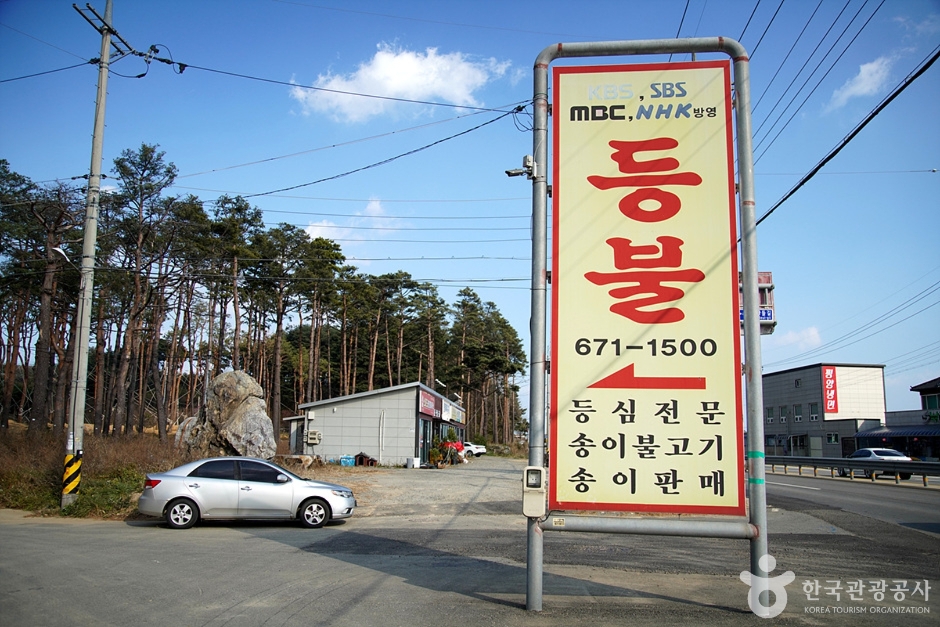
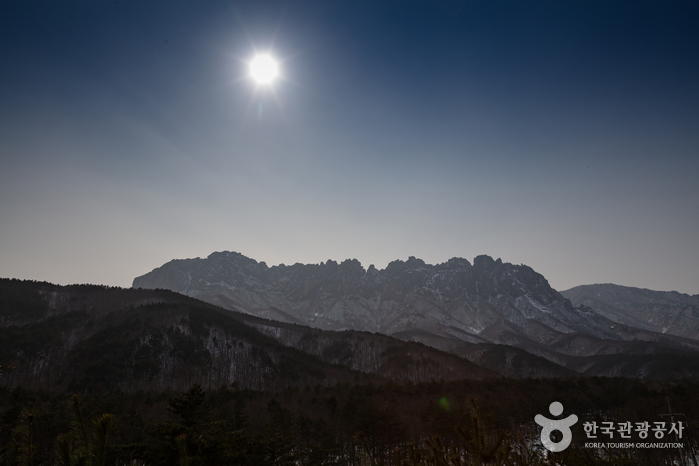
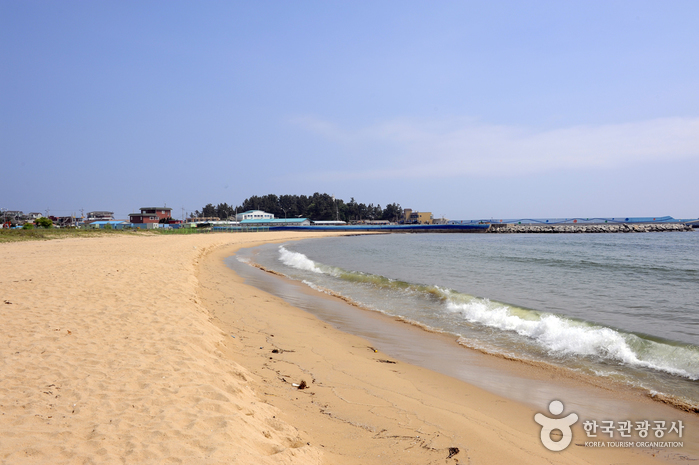
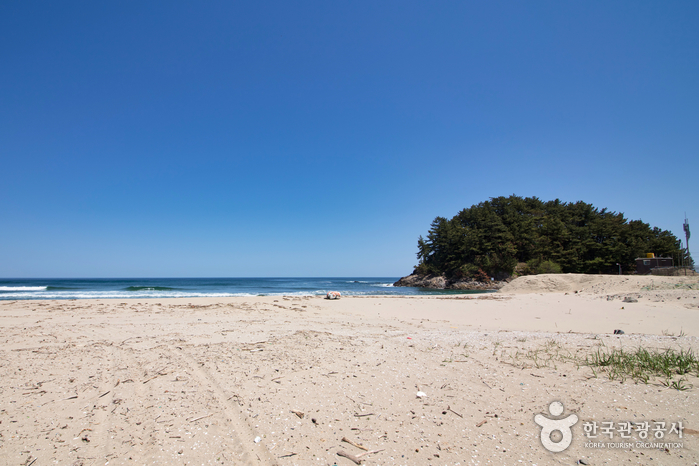
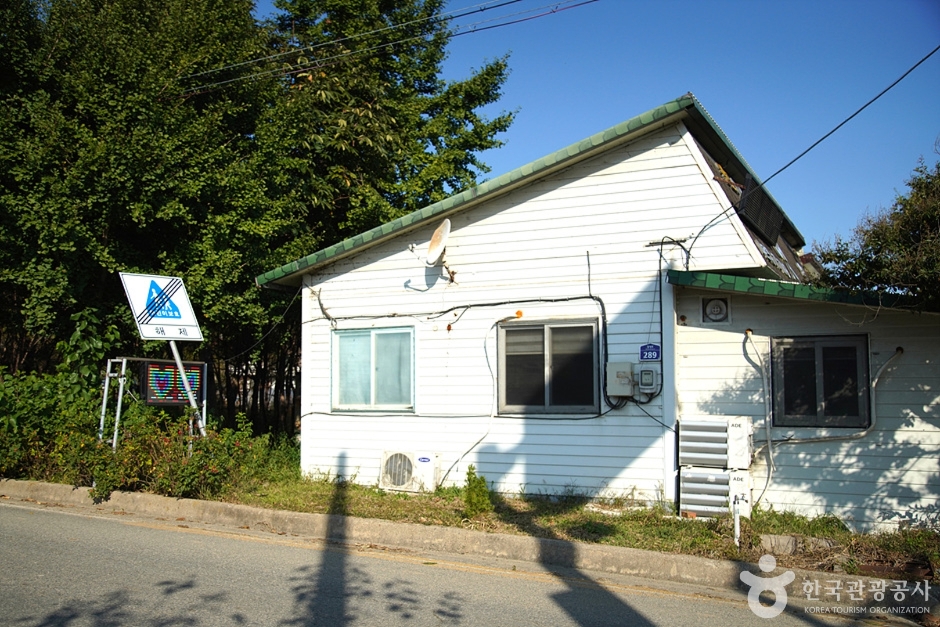
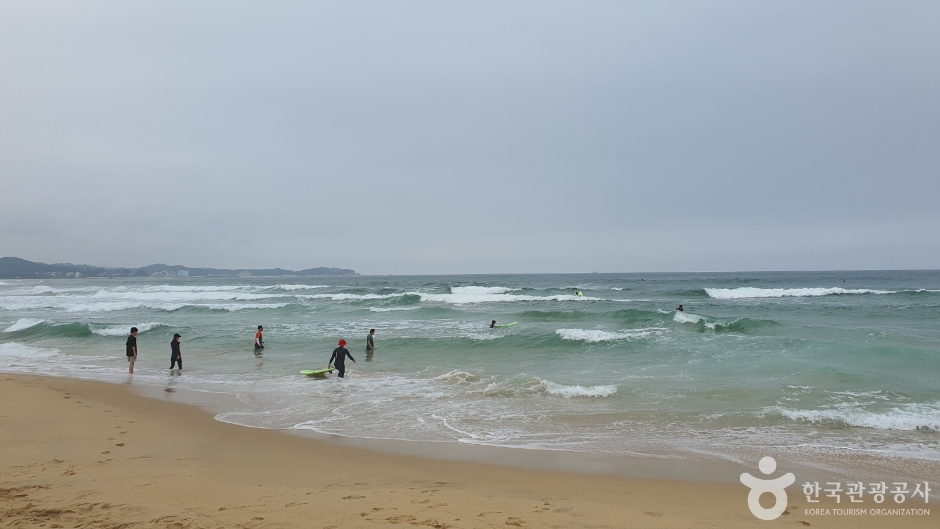
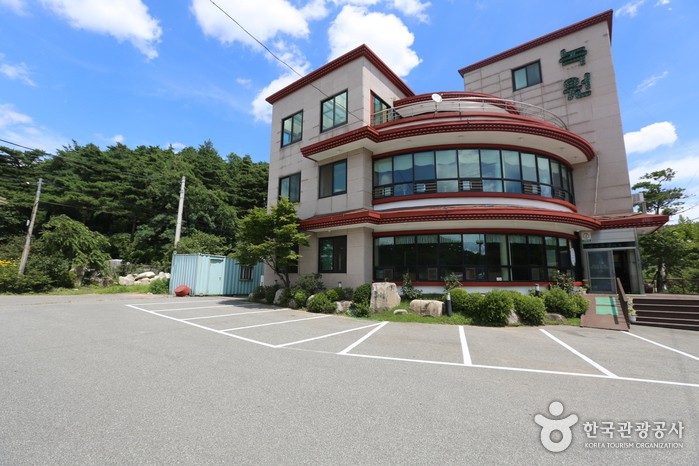
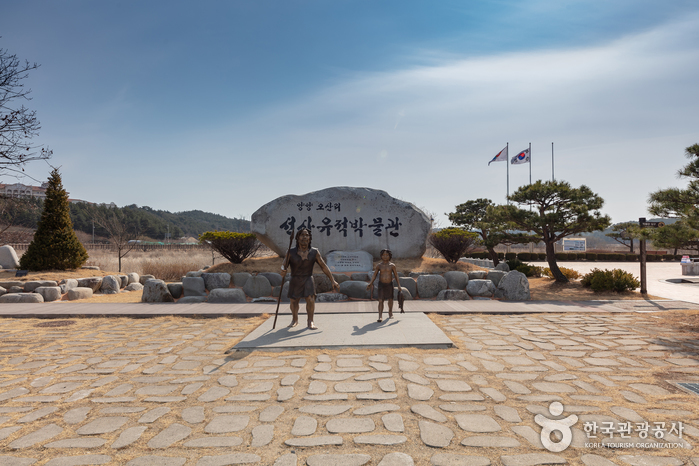
 English
English
 한국어
한국어 日本語
日本語 中文(简体)
中文(简体) Deutsch
Deutsch Français
Français Español
Español Русский
Русский